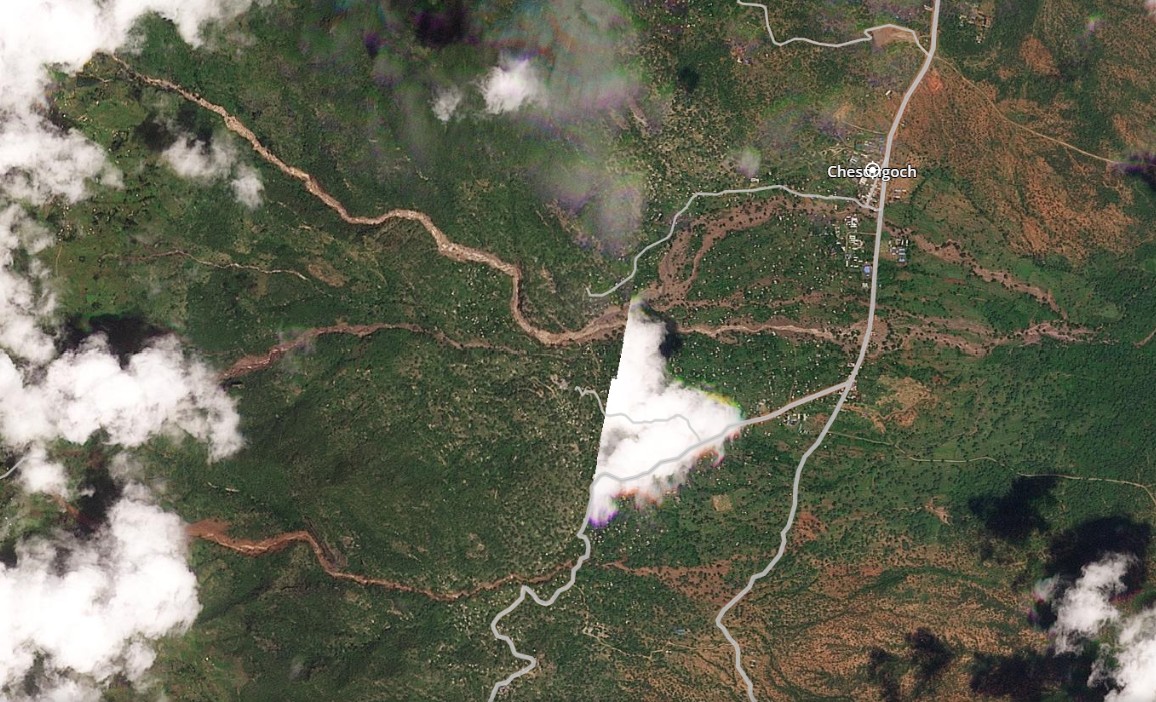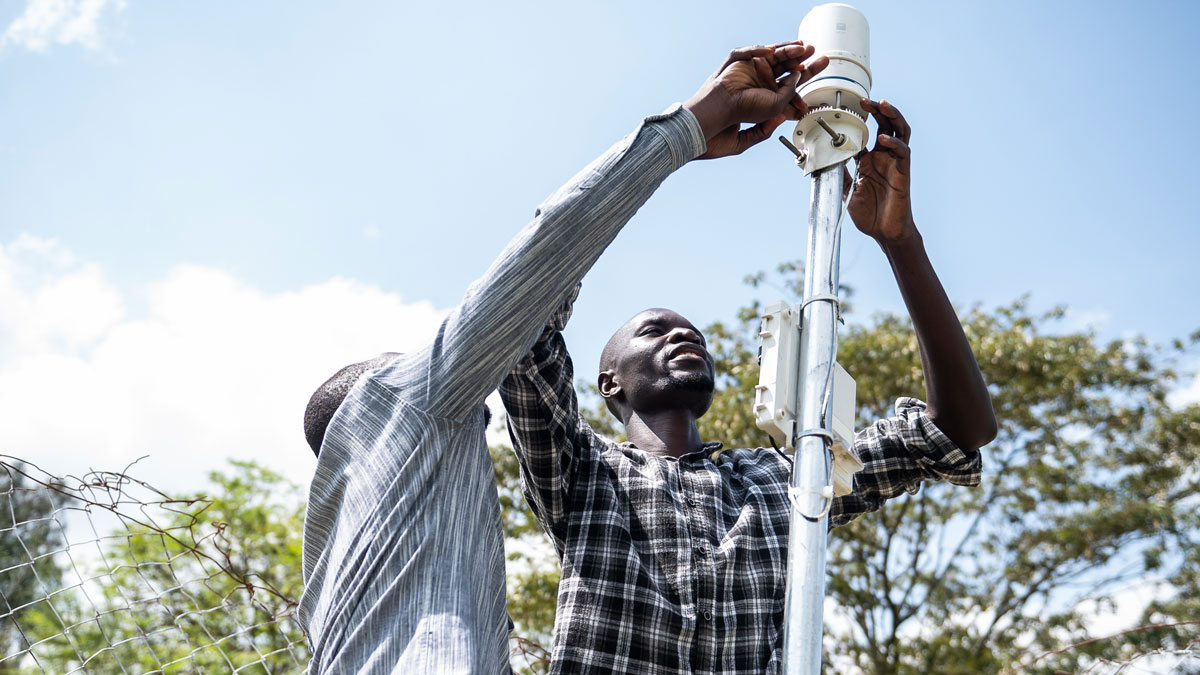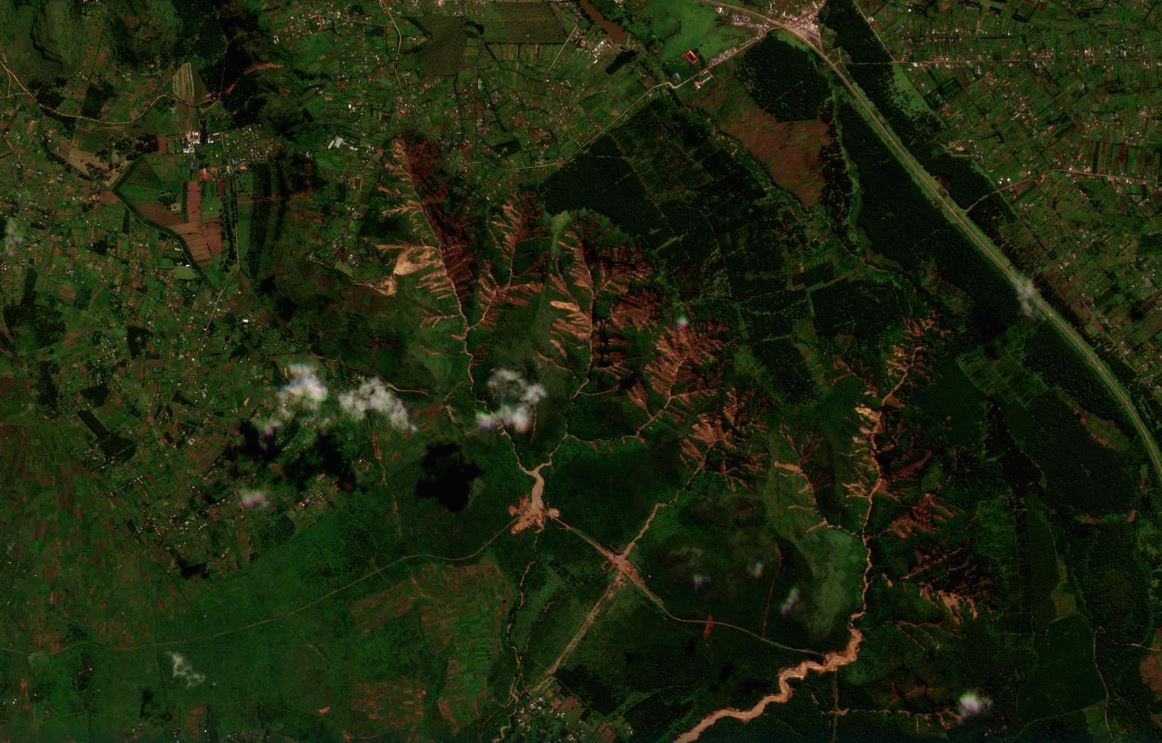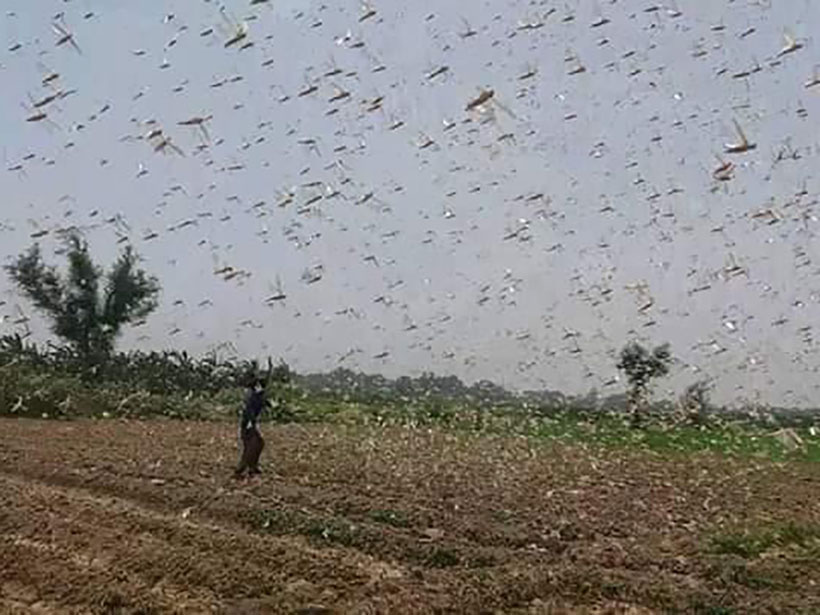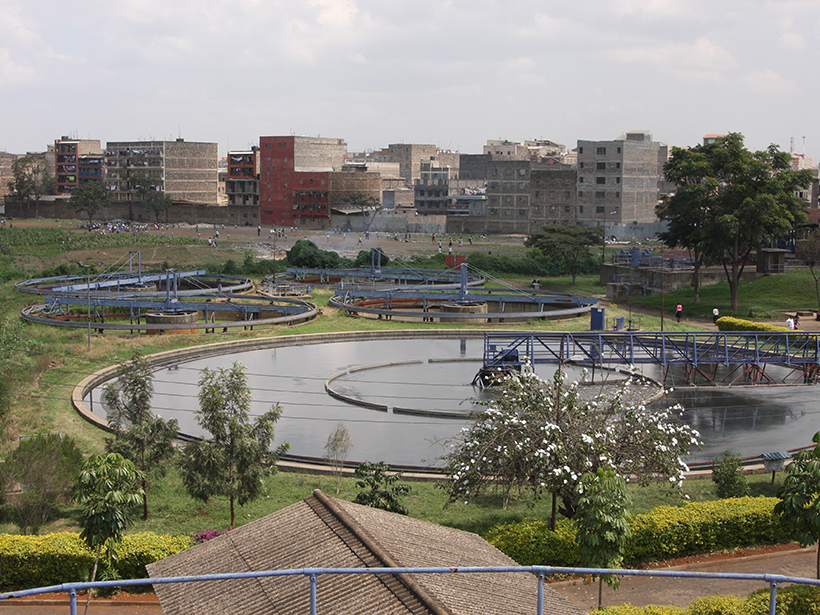It is reported that 51 people have been killed by a series of debris flows in Kenya, triggered by heavy rainfall. On 31 October 2025, heavy rainfall triggered a series of large landslides in the vicinity of Chesongoch in Elgeyo Marakwet County, Kenya. To date, 26 people are known to have been killed and it […]
Kenya
Building Better Weather Networks
A lack of weather data often leaves African communities vulnerable. Convergent efforts to improve observational networks throughout the continent are slowly filling the gaps.
Early Apes Evolved in Tropical Forests Disturbed by Fires and Volcanoes
Fossils discovered at an early Miocene site in Kenya include a new type of early ape and offer clues about the environment inhabited by human ancestors.
Satellite imagery of the 29 April 2024 Mai Mahiu landslide disaster in Kenya
The Landslide Blog is written by Dave Petley, who is widely recognized as a world leader in the study and management of landslides. On 29 April 2024, a major debris flow swept through Mai Mahiu in Kenya. At least 60 people were killed, although many more bodies remain missing. It is thought that the final […]
The Mai Mahiu landslide disaster in Kenya
The Landslide Blog is written by Dave Petley, who is widely recognized as a world leader in the study and management of landslides. On 29 April 2024, a devastating debris flow swept through Mai Mahui in Kenya. The latest reports indicate that 48 people were killed and 84 people are missing. The disaster was triggered […]
An Open and Inexpensive ‘Fluxbot’ for Measuring Soil Respiration
An inexpensive system of automated gas sensors and open-source software, tested in a Kenyan savanna, will help democratize and expand science research on soil respiration.
Forecasters Navigate a Highway to Success Around Lake Victoria
An early-warning system establishes international networks to help communities manage severe weather on Africa’s largest lake.
Geoscientific Monitoring of Olkaria’s Geothermal Motor
In situ geophysical measurements from Kenya’s Olkaria geothermal field, integrated with remote sensing and meteorological data, shed light on subsurface energy transport to and from the surface.
Record Locust Swarms Hint at What’s to Come with Climate Change
Warming oceans that feed cyclones have also bred record-breaking swarms of desert locusts. Such plagues could grow bigger and more widespread with climate change.
Water Subsidies May Not Be Going to Those Who Need Them Most
A new study finds a widely used water tariff does not effectively deliver subsidies to intended beneficiaries in Nairobi, Kenya.

